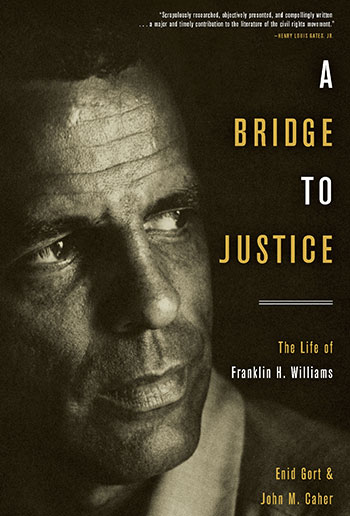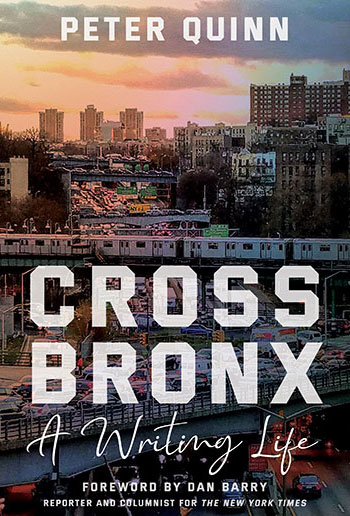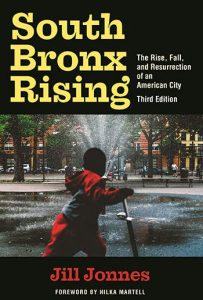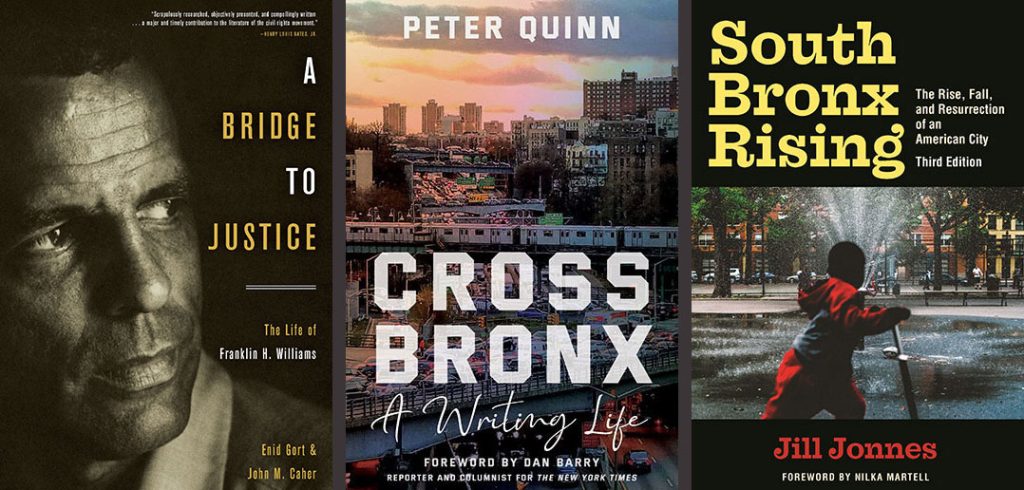A selection of recent titles from Fordham University Press
A Bridge to Justice: The Life of Franklin H. Williams
 People tend to view 20th-century civil rights heroes through a “sepia lens,” Sherrilyn Ifill, former head of the NAACP Legal Defense Fund, once said. But those leaders were not “superpeople deposited from some other planet.” They were “ordinary people of extraordinary intellect” and courage who still have the power to show us how to create “a true democracy.” Ifill was speaking at a 2018 Fordham Law School event celebrating the legacy of civil rights attorney and diplomat Franklin H. Williams, LAW ’45.
People tend to view 20th-century civil rights heroes through a “sepia lens,” Sherrilyn Ifill, former head of the NAACP Legal Defense Fund, once said. But those leaders were not “superpeople deposited from some other planet.” They were “ordinary people of extraordinary intellect” and courage who still have the power to show us how to create “a true democracy.” Ifill was speaking at a 2018 Fordham Law School event celebrating the legacy of civil rights attorney and diplomat Franklin H. Williams, LAW ’45.
In A Bridge to Justice, Enid Gort and John M. Caher recount Williams’ “profound impact on the (still unfinished) struggle for equal rights.” Born in New York City in 1917, he attended Lincoln University, the nation’s first degree-granting historically Black university, before enrolling at Fordham Law School in 1941. Service in the segregated U.S. Army interrupted his legal studies and “scarred Williams,” the authors write, but he earned his law degree in 1945 and soon joined the NAACP.
For the next 14 years, he worked on seminal civil liberties cases that overturned racially restrictive housing covenants and school segregation. And he often put his life on the line, once barely escaping a lynch mob in Florida, where he defended three Black youths falsely accused of rape. He went on to help organize the Peace Corps; serve as ambassador to Ghana; lead a nonprofit dedicated to advancing educational opportunity for Africans, African Americans, and Native Americans; and chair a New York state judicial commission, now named in his honor, that works to promote racial and ethnic fairness in the courts. Williams died in 1990, but his life story, the authors write, “is an object lesson for those with the courage and fortitude to … help this nation heal and advance through unity rather than tribalism.”
Cross Bronx: A Writing Life
 “The most important thing human beings have, the thing that makes us human, are stories,” Peter Quinn, GSAS ’75, told this magazine in 2017. For more than four decades, the Bronx native has been a remarkably accomplished storyteller—as a novelist, chief speechwriter for New York Governor Mario Cuomo, and witty, humane chronicler of New York City and the Irish American experience. In the past two years, Fordham University Press has reissued four of his novels, including Banished Children of Eve: A Novel of Civil War New York, which earned Quinn a 1995 American Book Award; and an essay collection, Looking for Jimmy: A Search for Irish America (2007). Now comes this delightfully funny and frank memoir of his Catholic upbringing, his enduring affinity for his native borough (“I don’t live in the Bronx anymore, but I’ll never leave”), and the circuitous, consequential path of his writing life. His journey took him from Fordham grad student to chief speechwriter for two New York governors and corporate scribe for “five successive chairmen of the shapeshifting, ever-inflating, now-imploded Time Inc./Time Warner/AOL Time Warner,” a chapter of his memoir he cheekily calls “Killing Time.” He also writes of meeting and courting his wife, Kathy, of the “intense joy and satisfaction of fatherhood,” and of coming to terms with his own emotionally distant father. “Looking back, what I’m struck by most is luck,” he writes. “What I feel most is gratitude.”
“The most important thing human beings have, the thing that makes us human, are stories,” Peter Quinn, GSAS ’75, told this magazine in 2017. For more than four decades, the Bronx native has been a remarkably accomplished storyteller—as a novelist, chief speechwriter for New York Governor Mario Cuomo, and witty, humane chronicler of New York City and the Irish American experience. In the past two years, Fordham University Press has reissued four of his novels, including Banished Children of Eve: A Novel of Civil War New York, which earned Quinn a 1995 American Book Award; and an essay collection, Looking for Jimmy: A Search for Irish America (2007). Now comes this delightfully funny and frank memoir of his Catholic upbringing, his enduring affinity for his native borough (“I don’t live in the Bronx anymore, but I’ll never leave”), and the circuitous, consequential path of his writing life. His journey took him from Fordham grad student to chief speechwriter for two New York governors and corporate scribe for “five successive chairmen of the shapeshifting, ever-inflating, now-imploded Time Inc./Time Warner/AOL Time Warner,” a chapter of his memoir he cheekily calls “Killing Time.” He also writes of meeting and courting his wife, Kathy, of the “intense joy and satisfaction of fatherhood,” and of coming to terms with his own emotionally distant father. “Looking back, what I’m struck by most is luck,” he writes. “What I feel most is gratitude.”
South Bronx Rising: The Rise, Fall, and Resurrection of an American City
 For nearly 40 years, Jill Jonnes has been among the most persistent chroniclers of the Bronx, giving eloquent voice to the citizen activists who have driven its revival. In 1986, when she published the first edition of South Bronx Rising, Bronxites were just beginning to reverse the toxic effects of long-term disinvestment. “Today,” she writes in the third edition of the book, “we far better understand the interplay of blatantly racist government policies and private business decisions … that played a decisive role in almost destroying [Bronx] neighborhoods.”
For nearly 40 years, Jill Jonnes has been among the most persistent chroniclers of the Bronx, giving eloquent voice to the citizen activists who have driven its revival. In 1986, when she published the first edition of South Bronx Rising, Bronxites were just beginning to reverse the toxic effects of long-term disinvestment. “Today,” she writes in the third edition of the book, “we far better understand the interplay of blatantly racist government policies and private business decisions … that played a decisive role in almost destroying [Bronx] neighborhoods.”
The revival began with “local activists and the social justice Catholics … mobilizing to challenge and upend a system that rewarded destruction rather than investment.” Countless Fordham students, faculty, and alumni have contributed to this movement, helping to establish and sustain groups including the Bronx River Alliance and the Northwest Bronx Community and Clergy Coalition. It’s not all roses: The South Bronx remains part of the country’s poorest urban congressional district; the “calamity of COVID” hit communities hard; and gentrification threatens to undo hard-fought progress. But Jonnes provides ample reason to celebrate and continue the work.


